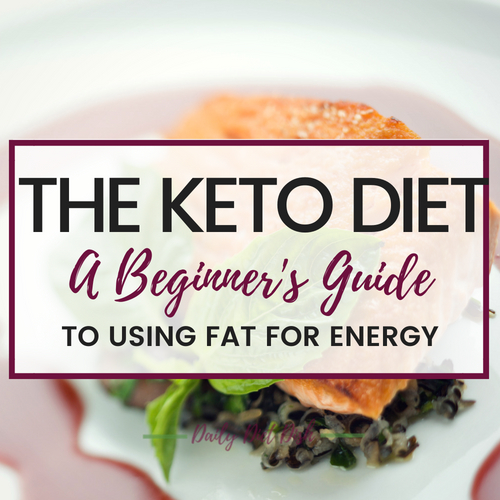WHAT IS THE KETOGENIC DIET?
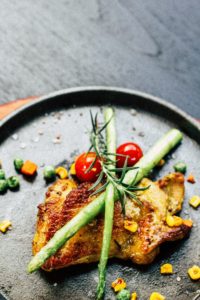
Ketogenic Diet Overview
The main purpose of the ketogenic diet is to put your body into a state where it burns fat for energy instead of carbs.
This state, called ketosis, increases your energy and reduces carb cravings. This, in turn, leads to increased mental focus and lower cholesterol and blood sugar levels. Most popularly, it can lead to weight loss.
Like most modern diets, its main focus is to reduce carbs and increase fat and protein intake. This will put your body into a state called ketosis, where it effectively uses fat to burn energy instead of carbs. This stage is known as fat adapted.
The keto diet was first publicized in the 1900s as a way to treat epilepsy in some people by controlling seizures. You can read more about keto for epilepsy here.
Keto is also popular for increasing the health of your skin and reducing acne.
Beginner’s Guide to the Keto Diet
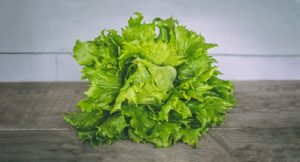
How the Ketogenic Diet Works
Your body uses energy from carbs in the following order:
- Digests carbs
- Turns carbs into glucose
- Transports glucose around the body with the hormone called insulin
- Your body then uses glucose for energy
When does ketosis start?
- You eat less than 20 grams of carbs
- Your body will need energy and realize that there is not enough carbohydrate for glucose
- Your body then turns to fat to produce ketones, which are able to provide energy for your cells
How You Will Know When Your Body is in Ketosis
3 Popular Signs of Ketosis include:
#1 Bad breath
This is not a pleasant side effect of the keto diet. It happens due to the higher levels of ketones in the body. The specific ketone responsible for this is acetone, which leaves your body through your urine and your breath.
Of course, bad breath is not something you want if you are a social person. A good remedy is to brush your teeth several times per day and use gum. Remember to keep the gum sugar free.
#2 Weight Loss
This normally starts to happen in the first week of the diet. It is a combination of weight loss and carb detoxing, and you should aim to drink a LOT of water. You will pee a lot during this process and this will cause your body to lose electrolytes.
This loss of minerals through electrolytes can lead to keto flu if you do not manage your water and salt intake. To be safe, put salt on everything and aim to drink more than 2 liters of water per day.
#3 You will feel less hunger
Fun, right? This sign of ketosis is where your appetite is suppressed. A couple of things contribute to this. The main reason is that the increased protein and veggies do a good job of keeping you full. Another one is that your reduced carb intake will suppress your sugar cravings, which affects your hunger levels.
If you are interested to learn more about keto, get more information in this book, The Keto Beginning.
Types of Ketogenic Diets
There are three types of ketogenic diets that you can choose from. You can also use this keto calculator to determine how many carbs and calories you need if you are thinking about starting the diet.
#1 Standard Ketogenic Diet
This is the diet that we give you information about. It typically consists of very low carbs, moderate protein and it’s high in fat. In terms of percentage, that would be 70 – 75% fat, 20% protein, and 5 – 10% carbs
#2 Targeted Ketogenic Diet
This version is the same as the Standard Keto Diet, with one exception. This is mainly used by people who work out often. Therefore, they will eat higher levels of carbs before they work out to get more energy.
#3 Cyclical Ketogenic Diet
This is the variation where persons ‘reload’ their glycogen levels for one day. It’s generally used by fitness competitors.
3 Ketogenic Diet Rules
There are a few dietary restrictions that you have to consider when you go on this diet.
You will notice that they address the three main food groups in our diet; carbohydrate, protein, and fat. This is because the keto diet focuses on high fat, low carb, and adequate protein. Here’s a list of keto diet foods along with their nutritional information.
Let’s explore the main keto diet rules.
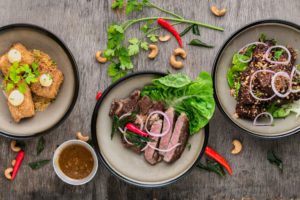
#1 Limit any carbohydrates that will raise your insulin or glucose levels.
This defeats the purpose of the diet and makes it harder to get into ketosis. You should have no more than 20 grams of carbs every day on a standard ketogenic diet.
Some carbs that you have to avoid include:
- Baked goods and pastries
- Sugar and candy
- Starchy vegetables
- Legumes
- Dairy
- Refined flour, rice, pasta, etc
Click here for a list of snacks you can eat on keto for less than 10 grams of carbs.
Now let’s move on to some of the foods that you should be eating:
- Non-starchy vegetables
- Seafood
- Meat and poultry
- Soy protein
- Nuts and seeds
- Healthy fat
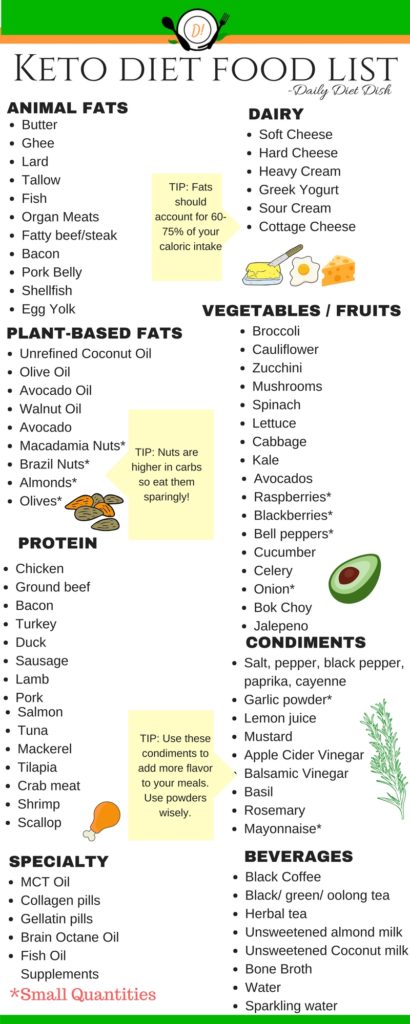
#2 Eat the right amount of protein for the Ketogenic diet
Many protein sources, almost 50%, will convert to glucose if you eat too much of it. This is something that we do not want.
Remember, keto is a high fat, adequate protein, low carb diet. You need enough protein to support muscle mass and contribute to fullness after eating. Eating too much will disrupt ketosis.
So, how do you know the right amount of protein?
This depends on your lifestyle and level of activity. If you are very active, you will need more protein than a person who is sedentary. Here’s a keto calculator to make everything easier.
You can also use these suggested percentages:
=> Sedentary lifestyle – 0.7 to 0.8 grams per pound of lean body mass
=> Moderately active lifestyle- 0.8 to 1 gram per pound of lean body mass
=> Active lifestyle- between 1 and 1.2 grams of lean body mass
What the heck is lean body mass?
It’s your total weight minus your total fat. People normally confuse body mass with BMI. BMI means Body Mass Index, and it’s essentially the relationship between your height and weight.
For example, if you weigh 150 pounds, that is a combination of bone mass, muscle mass, and fat. Your lean muscle mass is the percentage of your body weight that isn’t fat.
#3 Eat a lot of healthy fats
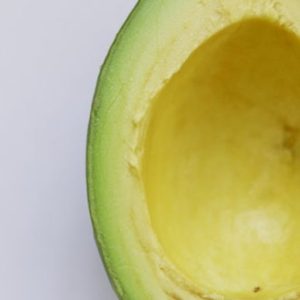
First of all, let us discuss what is NOT healthy fat. Fats that are processed such as vegetable oil, processed butter, and mayonnaise are just some of the items that you should avoid.
Polyunsaturated fats such as cottonseed and sunflower seed oils should also be limited on the ketogenic diet.
It is better to get your high-quality fats that are monosaturated.
This includes fats from olive oil, coconut oil, grass-fed butter and meats with the skin (such as chicken thighs).
There are some types of dairy that you can eat on the ketogenic diet. These should not be overly processed. The top three types of dairy include sour cream, cheese, and heavy cream.
Nuts are a good source of fat. They should be consumed in moderation, however, due to the level of carbohydrates that they contain.
TO RECAP
The ketogenic diet helps your body to burn fat instead of carbs by severely reducing your carbohydrate intake. The recommended carb intake for keto is 20 grams or less per day. Or for some people, it can be 5-10% of their daily caloric intake. Consume foods that are high in fat, low in carbohydrates and adequate protein on this diet.
It is very important to choose high-quality food sources and avoid processed food.
Most importantly, listen to your body and DO NOT STARVE YOURSELF.
Disclaimer- This guide was to created to give you a beginner’s view of the ketogenic diet. We do not seek to give you medical or nutritional advice, but to keep you informed. To find out more about the ketogenic diet, some helpful links are below.
Note: Only affiliate links are marked with an asterisk (*) You can choose to click on other links that will give you information that’s just as great. Full disclaimer here.

